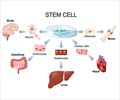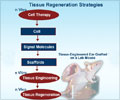Stem cells combine specific sets of proteins at precise positions along the DNA. When these particular groups of proteins combine, they get a new identity.
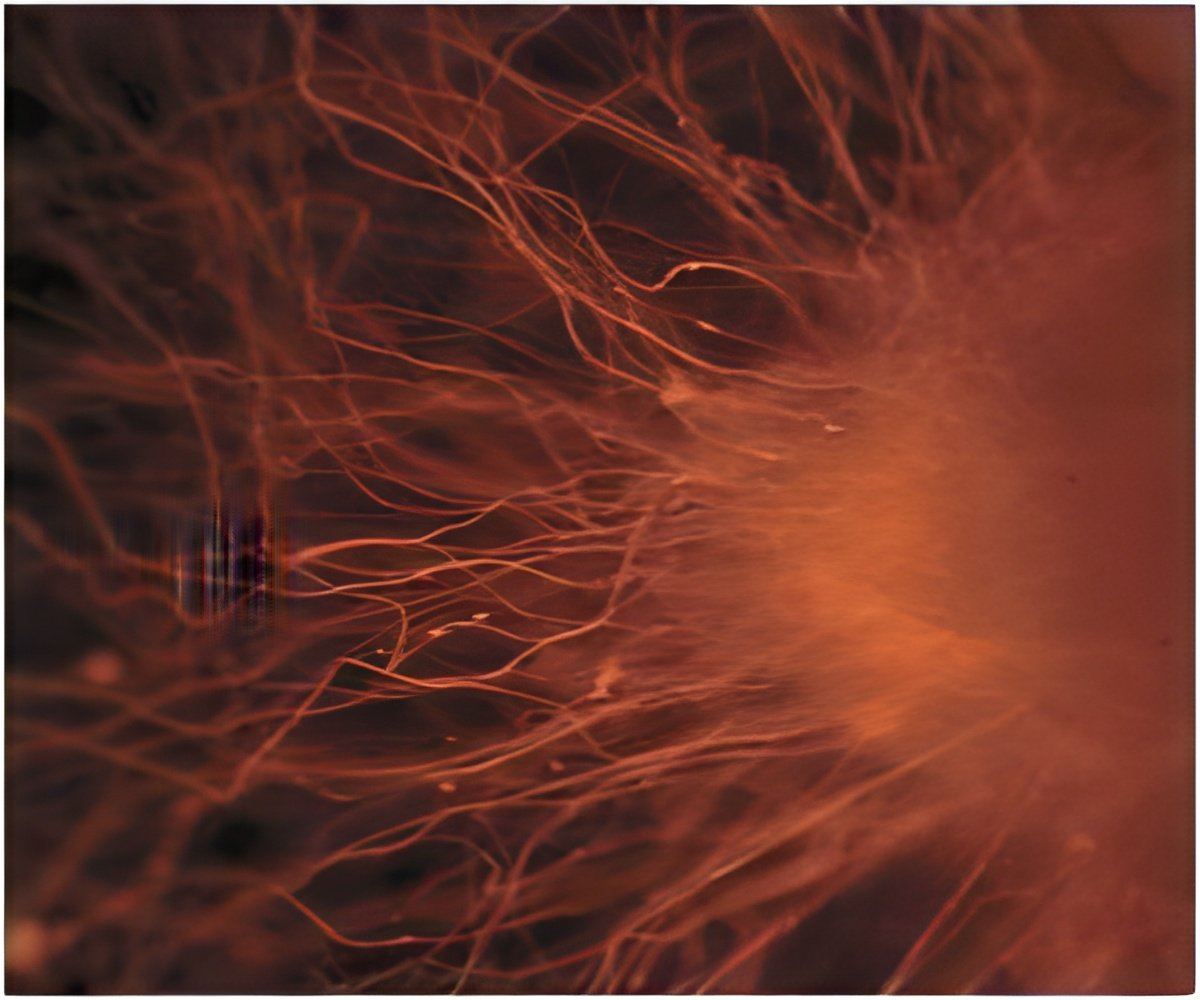
Scientists led by Henrik Semb from the DanStem Center at the University of Copenhagen explained how the acquisition of a new cell identity is achieved.
The team added one particular chemical compound to the culture media to promote the generation of new cell types. The information transmitted by this compound is deciphered only by a small number of proteins.
"We then looked all along the cell’s DNA to find the positions of the proteins that were activated by the compound. We repeated the experiment using additional compounds and categorize the genes that the cells decided to use when being directed toward different cellular fates," explained assistant professor Karen Schachter.
The cells combine specific sets of proteins at precise positions along the DNA. When these particular groups of proteins are combined, the gates are opened so that certain groups of genes can now be used, giving the cells a new identity.
"The study provides useful information that will help scientists understand the recipe better so that we can generate functional cells in a more controlled manner," the authors wrote.
The work has been published in the journal Cell Stem Cell.
 MEDINDIA
MEDINDIA
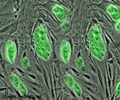

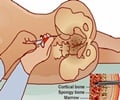
 Email
Email

